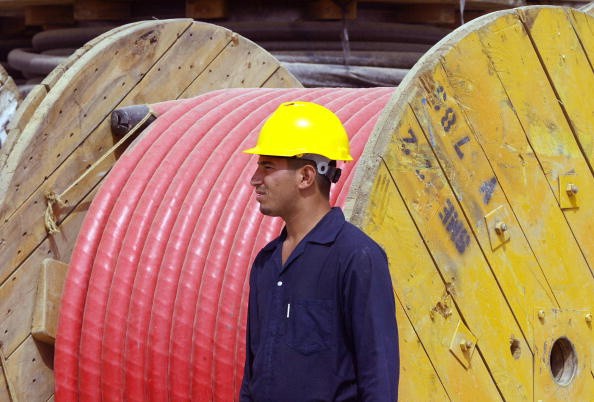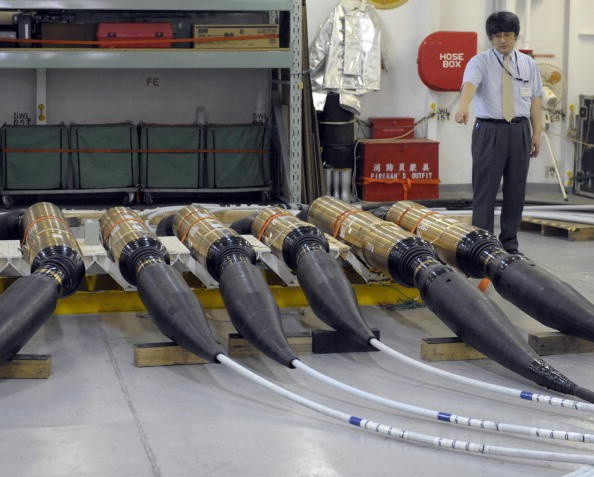Subsea cables can actually detect Earthquakes based on a new study conducted by U.K. experts. But, how do these communication cables know if there will be seismic activities?

For the past few years, scientists have been devising different methods to detect upcoming earthquakes effectively.
Since identifying the activities of the Earth's crust is complicated, most of their techs are not that efficient.
Now, another Earthquake-detecting innovation has been discovered by some experts in the United Kingdom.
Their new study titled "Optical interferometry-based array of seafloor environmental sensors using a transoceanic submarine cable" explained how subsea cables could do this.
Subsea Cables Can Detect Earthquakes?
According to PC Mag's latest report, involved researchers claim that they found a way to make subsea cables into seafloor sensors that can efficiently detect Earthquakes.

They said that optical fiber-based sensing tech allows submarine communication cables, which can drastically improve Earth observations.
Thanks to this, they could make underwater cables as seafloor sensors. However, their innovation is still not yet 100%.
The U.K.-based researchers said that the seafloor sensors could only detect seismic activities that affect the entire length of the cable.
Why Seafloor Sensors are Better
As of writing, most Earthquake-detecting technologies are designed to work on the land. This means that they can only cover the Earth's surface above sea level activities.
Now, experts say that the planet is around 70% water. This means that Earth's lands are mostly underwater. Because of this, existing the capabilities of existing seismic activity-detecting techs are limited.
If seafloor sensors become a thing, there's a high chance that Earthquakes can be detected quicker and more efficiently.
On the other hand, a previous study claimed that e-waste recycling should be intensified across the globe.
Meanwhile, 200-nanometer nanorobots are expected to remove microscopic pollutants in the water.
For more news updates about Earthquake-detecting tech and other similar innovations, always keep your tabs open here at TechTimes.
Related Article : First Earth Life Components Came From Meteorites? Here's What Japanese Space Scientists Discover
This article is owned by TechTimes
Written by: Griffin Davis
ⓒ 2025 TECHTIMES.com All rights reserved. Do not reproduce without permission.


![Best Gaming Mouse For Gamers With Smaller Hands [2025]](https://d.techtimes.com/en/full/461466/best-gaming-mouse-gamers-smaller-hands-2025.png?w=184&h=103&f=6fd057ef777bd39251d4e7e82e9b23f1)

